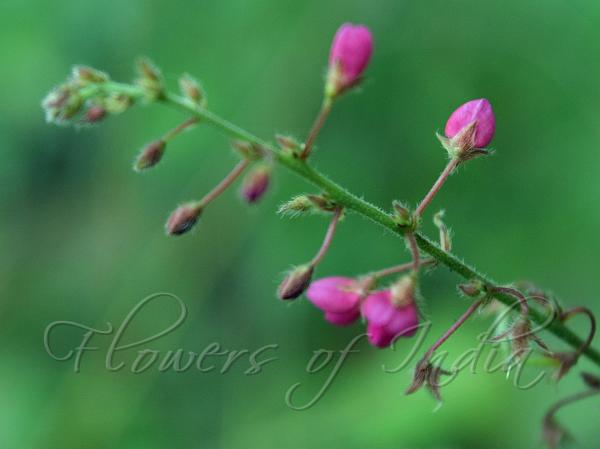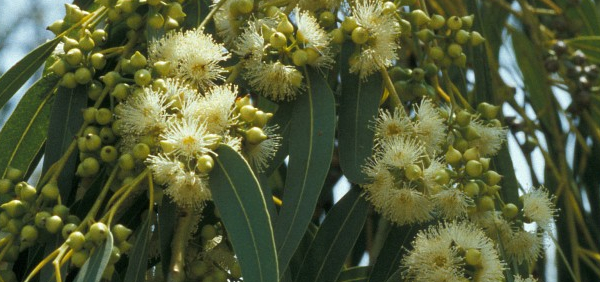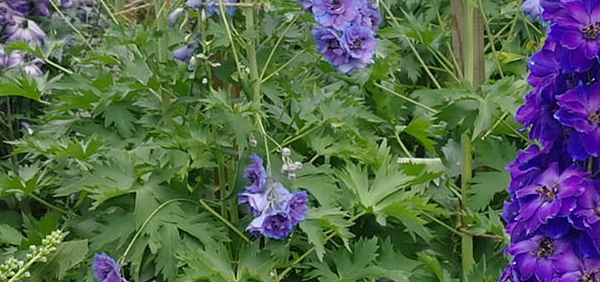sita :

Morphology:
Leaves
Leaves are pinnately trifoliate, alternate, and stipulate. Stipules are free and hairy. The leaves are lanceolate, subulate or cuspidate. They are 4.5-6mm long deciduous. They have leaflets with filiform stipules below. Lateral leaflets are rhombiform or ovate. They are present one or two inches either way. The terminal one, to be rhomboid ovate. Petioles are densely hairy and half to one inch long.
Inflorescence
They have a fairly long terminal erect hairy raceme often with one or more smaller branches arising from the axils of the uppermost leaves.
Flower
Flowers are many, small, deep purple, red or pink color. They are arranged in distantly placed fascicles of 2 to 4 or comparatively long spreading, filiform pedicels jointed or articulated close beneath the calyx. Bracts are narrow lanceolate subulate calyx about a tenth of an inch long, hairy canpanulate left to middle in 2 obscure lips, 5 toothed- the upper two subconnate forming an upper lip
Corolla is nearly twice as long as the calyx. They are papilionaceous, exerted and with petals nearly equal.
Stamens are diadelphous- nine and one. Anthers are uniform. Ovary is sub sessile and many ovules. Style short subulate or filiform
Fruit
A flat compressed or slightly inflated linear oblong indehiscent one celled legume half to three quarters of an inch long and about one fourth an inch broad. With its chamber continuous with in. the valves of the fruit are membranous transversely, veined and closely covered with many stiff hooked viscid hairs. The sutures are densely ciliate but not usually intended or only slightly indented.
Seed
Seeds are varying from four to six. They are brownish black in color, compressed and some what reniform in structure.
Histology:
The transverse section is circular. It shows a central strand of wood, a narrow bark and a thin dark brown strip of cork.
The cork tissue is compressed of 10-15 rows of thick walled rectangular cells. Those towards the periphery often have dark brown contents. A distinct phellogen with a few rows of phelloderm within is made out
The cortex is comparatively narrow and composed of oblong cells. A noteworthy feature of this region is the presence of short tangential rows or series of very large thin walled cells filled with brownish contentswithin the broadened distal ends of the medullary rays. Small irregular groups of sclerenchyma also occur here. The medullary rays are 2-3 and their cells are loaded with stacks. The phloem is of usual type. The xylem or wood is composed of a large portion of wood fibers, a small amount of xylem. Parenchyma and xylem vessels, in addition to the medullary rays. The xylem parenchyma cells contain starch
There is no pith at the centre
- » Classification and names of sita
- » Synonyms and definitions of sita
- » Drug Properties of sita
- » Chemical Constituents of sita
- » Standardization of sita
- » Parts used and Dosage of sita
- » Morphology and Histology of sita
- » Distribution and Conservation of sita
- » Cultivation of sita
- » sita in the market
- » Medicinal Uses of sita
- » Researches and clinical trails of sita
- » sita in other sytems of medicine
- » Ayurvedic formulations with sita
- » Images of sita












